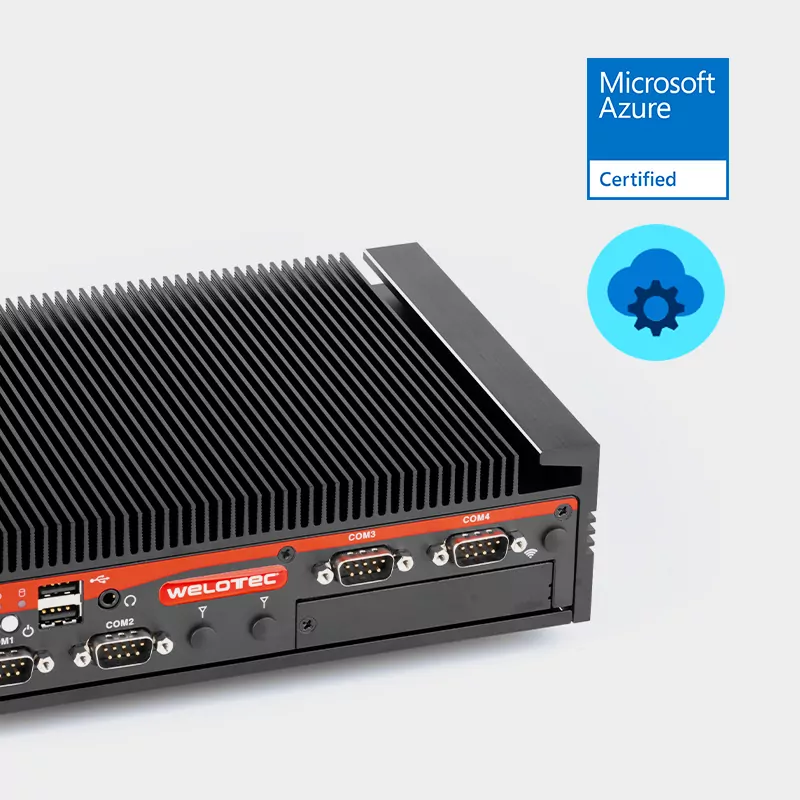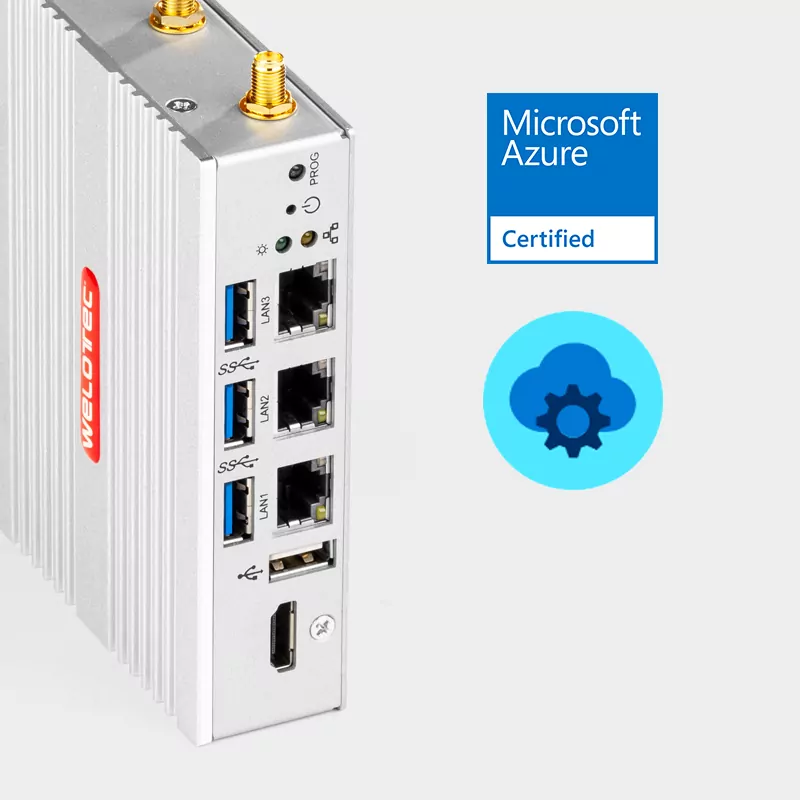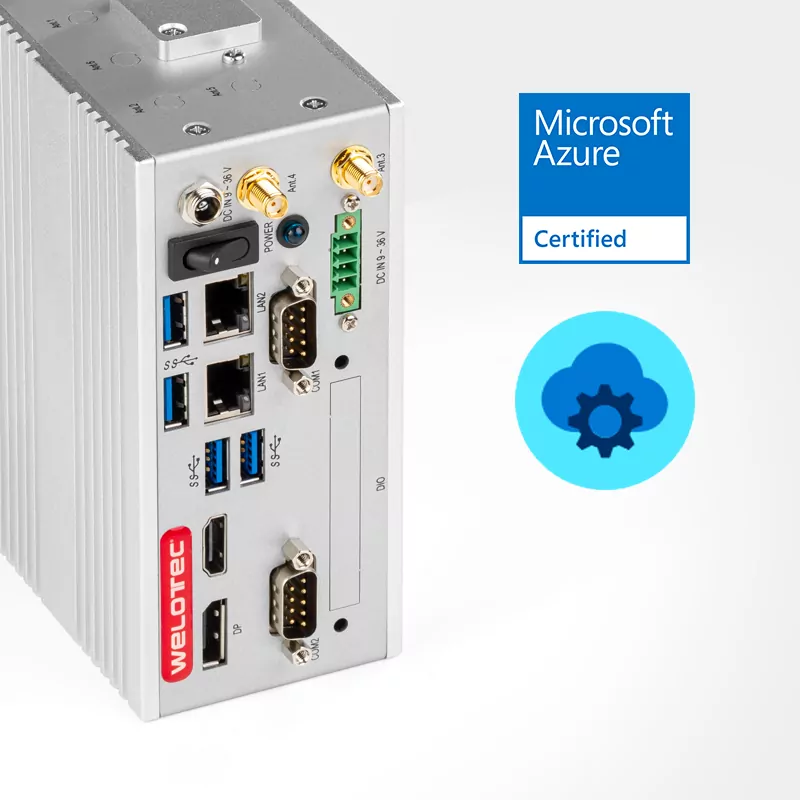Choosing Computer for industrial applications
Selection criteria and requirements for industrial PCs
Especially in the Industrial Internet-of-Things or IIoT environment, in which reliable and secure hardware is becoming increasingly important, more and more (networked) devices must function faultlessly even in critical, sometimes remote environments. Failures could have significant and direct negative consequences, sometimes on entire companies. Specially developed for use in industrial environments, the particularly robust industrial PCs meet the requirements for continuous reliable use. Typically, industrial computers have the following features:
- Fanless, apertureless design
- Robustness for use in harsh environments
- Configurability
- Durability
- Extensive I/O options such as serial interfaces, digital and analogue inputs and outputs
The criteria that should be considered before buying or configuring an industrial PC are presented in more detail below.
Performance requirements for Industrial PCs
No general statements can be made about the performance requirements of an industrial PC. The choice of processor and memory should depend on the area of application. However, it is important to look for embedded processors with long-term availability, low power consumption and a wide operating temperature range.
In the medium performance range, Intel offers the Atom® processors of the X series such as:
- Intel Atom® x7-E3950 (Apollo Lake)
- Intel Atom® x6413E (Elkhart Lake)
In the upper performance range, Intel offers the Core i and Xeon processors such as:
- Intel® Core™ i3-9100E Processor (Coffee Lake)
- Intel® Xeon® Processor E3-1505L v6 (Kaby Lake)
- Intel® Xeon® W-11865MRE Processor (Tiger Lake)
Software and device support
There are various requirements for the software of industrial PCs. For example, it must be easy to integrate into the process periphery, run error-free even with long service lives or be able to guarantee the processing of process data in real time. The most widely used operating systems in the industrial sector are Linux and Microsoft Windows. Windows offers a whole range of available software solutions and development tools. Windows 10 IoT or Windows 11 IoT Enterprise is especially designed for the requirements in industrial use. Linux, with its open source character, offers various modification and optimisation options with which the operating system can be adapted to the individual area of application.
Ambient conditions for Industrial PCs
With regard to the environmental conditions, various criteria must be taken into account:
- Extreme temperatures: these have a direct influence on the cooling principle of the industrial computer (choice between with fan or fanless).
- Humidity: high humidity requires special IP protection. Industrial PCs should then have a very tight, optimised housing and special filter devices.
- Vibrations and shocks: Plug connections, particularly robust housings and the absence of moving parts such as fans or hard disks should be used in the event of strong vibrations and shocks in the environment.
- Electromagnetic compatibility (EMC): Electrically sealed enclosures and special interfaces protected against electrostatic discharges should be used in the event of electromagnetic interference.
Available space and installation situation
Industrial PCs are available in various designs and versions. A 19″ rack PC, for example, is required for installation in a 19″ switch cabinet. If you are looking for a particularly compact and robust alternative, industrial PCs with DIN rail mounting options should be considered. These can be installed directly on the machine or in the control cabinet in a particularly space-saving manner. So-called embedded box PCs for wall mounting are also generally suitable if space is limited.
Long-term availability
Industrial PCs are usually designed for long-term use (sometimes as part of an integrated solution). It is important here that identical components can be supplied over a longer period of time in order to be able to guarantee problem-free functioning in the long term.



